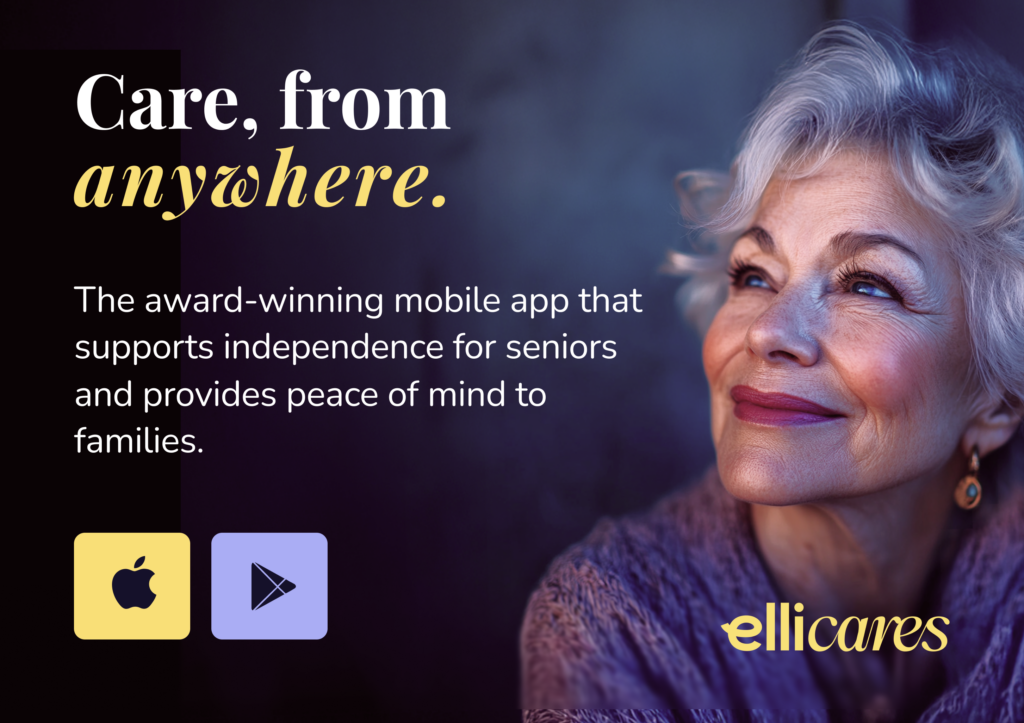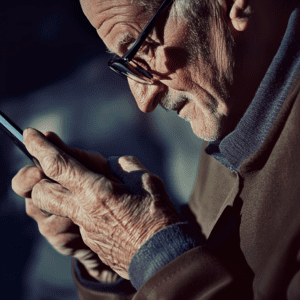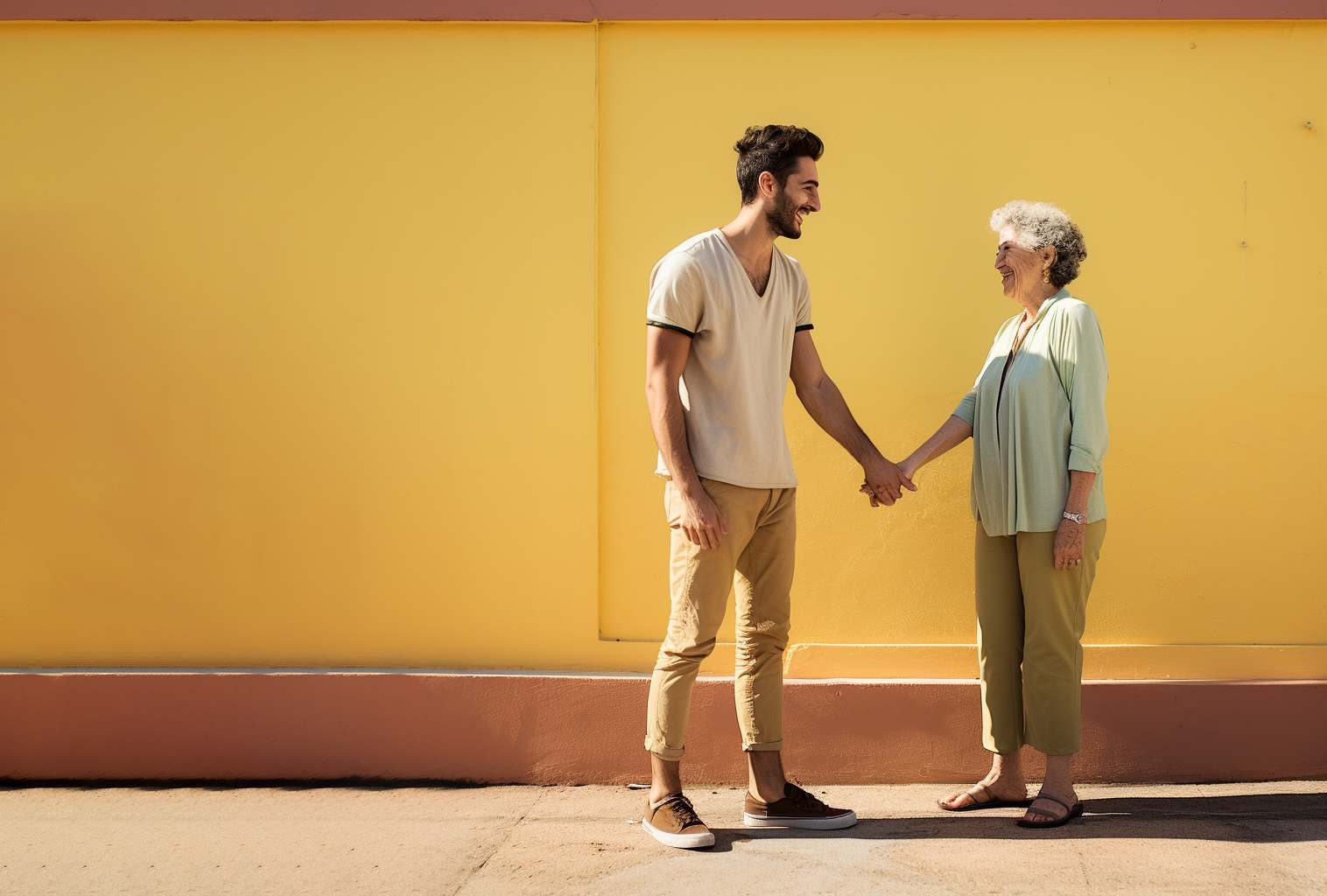Falls are one of the leading causes of injury and hospitalization among older adults - and often, they happen when no one is around to help. For seniors living alone or managing cognitive impairment, a fall can be devastating. That’s where fall detection technology comes in.
From pendants to smart sensors and ambient home systems, fall detection devices are designed to sense when a person falls - and send for help automatically. These tools offer more than just tech - they provide peace of mind, faster emergency response, and greater independence.
Here’s how fall detection works, why it’s essential, and what caregivers and seniors need to know when choosing a solution.
Why Fall Detection Matters
According to Redbridge Council, nearly 1 in 3 adults aged 65+ experiences a fall each year, and the consequences can be severe - ranging from hip fractures and head injuries to a loss of confidence and independence.
More importantly, when seniors are unable to call for help, the delay in treatment can lead to worse outcomes. As Retail Tech Innovation Hub points out, even a 30-minute delay in care can significantly increase the risk of long-term injury.
Fall detection systems help reduce this delay by automatically alerting caregivers or emergency responders within seconds of a fall.
👉 See how Redbridge is investing in fall prevention
How Fall Detection Works
Fall detection technology has evolved far beyond the traditional “I’ve fallen and I can’t get up” button. Today’s systems use a combination of sensors and algorithms to detect sudden changes in movement that signal a fall.
Here’s a breakdown of how it works:
✅ 1. Motion Sensors
Most wearable devices use accelerometers and gyroscopes to track movement and position. These sensors detect:
- A rapid downward motion (like falling)
- A sudden impact or stop
- Lack of subsequent movement (which may indicate unconsciousness)
Once these conditions are met, the device automatically triggers an alert - without the user needing to press a button.
👉 Taking Care explains the science behind fall alarms
✅ 2. Automatic Alert
When a fall is detected, the system will:
- Sound a local alert (to notify the wearer)
- Attempt to confirm if help is needed (some devices give a short window to cancel the alert)
- Contact a 24/7 monitoring center or a designated caregiver
- Share GPS location if available
This means faster response times, even if the person is disoriented, injured, or unconscious.
👉 Medical Guardian on real-world fall detection benefits
✅ 3. Ambient and Smart Home Systems
Wearables aren’t the only option. Newer systems use non-intrusive, in-home sensors or even AI-powered vision systems to monitor for falls without requiring the user to wear anything.
In a tech trial covered by The Straits Times, seniors used a home-based fall detection system that alerted caregivers and allowed remote consultations with doctors - an innovation that could reduce hospital visits and promote aging in place.
👉 See the trial covered by The Straits Times
Moving Beyond the Pendant
According to MobiHealthNews, many seniors resist wearing traditional pendant alarms due to stigma, discomfort, or forgetfulness. That’s why fall detection is shifting toward discreet, integrated, and passive technologies that don’t require action from the user.
Wearables are being reimagined as:
- Smartwatches with fall detection
- Clip-on sensors in clothing or belts
- Voice-activated systems integrated with smart home assistants
- Wall-mounted or camera-free motion detectors
This evolution makes fall detection more effective - and more likely to be used.
👉 Read how fall tech is evolving
Where Elli Cares Fits In
Elli Cares complements fall detection devices by providing proactive support that helps prevent falls in the first place. Features like:
- Reminders for hydration and medication
- Daily check-ins and behavior monitoring (Safe Track)
- Safe Zones with GPS tracking
- Notifications for changes in phone use
These tools help detect early signs of confusion, illness, or distress - potential contributors to falls - so families can intervene early.
👉 Learn more at www.elliapp.co
Choosing the Right Solution
When selecting a fall detection system, consider:
- Is it wearable, ambient, or both?
- Does it include 24/7 monitoring or self-alerting?
- Does it offer fall detection automatically, or require a button push?
- Is it waterproof and discreet?
- Will your loved one actually wear or use it?
Try testing the device at home and ensure caregivers are trained in how alerts are received and responded to.








